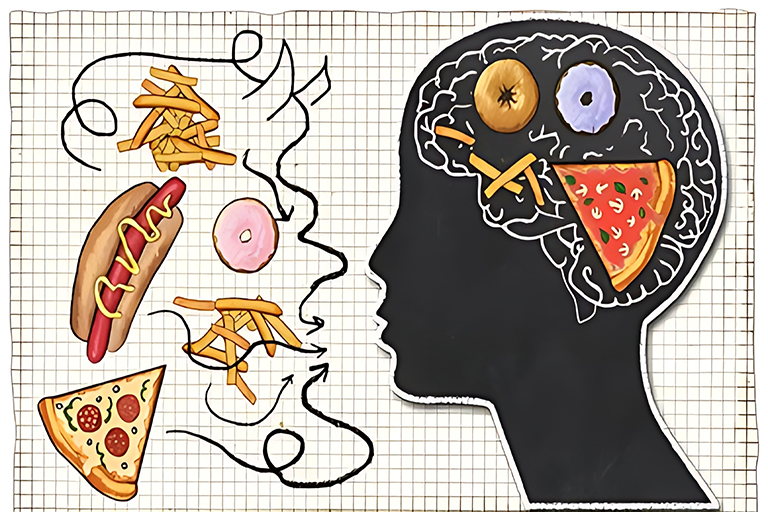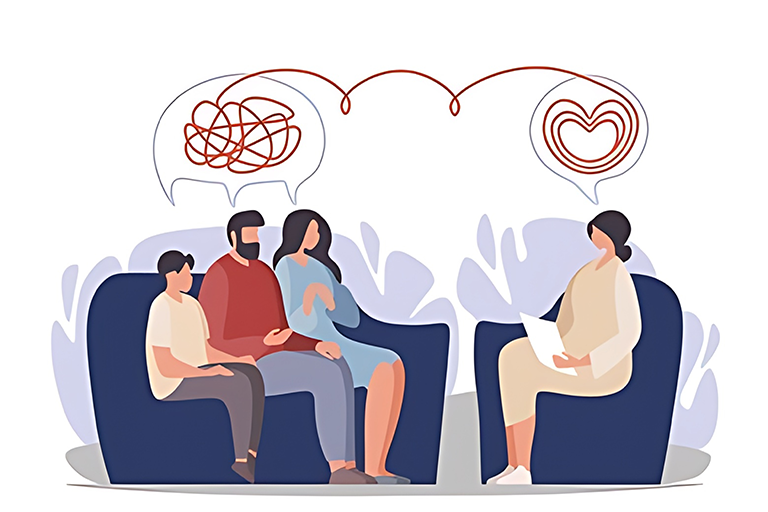The story of suicide is arguably as old as the history of mankind. Suicide has been applauded, idealised, lamented, and even condemned throughout history. Aegeus, Cato, Socrates, Zeno, Demosthenes’, Zeno of Alexandria, and Seneca were all tragic Greek heroes. Brutus, Cassius, and Mark Anthony were Roman figures. Cleopatra was an Egyptian princess. Samson, Saul, Abimelech, and Achitophel were Old Testament figures.
Why someone commits Suicide

Most people who commit suicide have a wide range of mental health issues that might lead to their death. Trying to understand why someone commits suicide is always a challenge. Because all living things have a strong instinct for self-preservation. We have a moral obligation to understand why people choose to take their own lives.
In the current epidemic, suicide is a very serious issue in our culture. There are instances when people are unable to open up about their problems because they have no one to confide in. People who are depressed or have a hereditary predisposition to suicidal ideation are more likely to carry out their plans.
Unless someone expressly tells you that they are contemplating suicide, it is difficult to detect if someone is suicidal. As a result, mental health is a critical concern. Mental health problems can be easily remedied if people are made aware of this fact. People who seek treatment from mental health professionals still face social stigma. Many people believe that mental health issues are merely a product of their imagination and not real difficulties. Fear of being labelled as’mad’or’shunned’, is a common reason why people avoid seeing a specialist.
What Statistics suggest
Statistics suggest that nearly three million youngsters, between 12 and 18, have either thought about or tried suicide in the past year. More than 1/3 truly succeeded.
Three-quarters of Indian suicides (37.8%) are committed by those under the age of 30. The fact that 71% of India’s suicides are committed by people under 44 years of age places a heavy social, emotional, and financial strain on our country. The most prevalent methods of suicide were poisoning (36.6%), hanging (32.1%), and self-immolation (7.9%).
Suicide Prevention measures
Suicide is a preventable public health issue. Gajalakshmi et al. say that the problem is caused by “a complex set of factors,” such as poverty, low literacy, unemployment, family violence, the breakdown of the joint family system, unfulfilled romantic ideals, inter-generational conflicts, loss of job or loved one, crop failure, rising cultivation costs, a huge debt burden, unhappy marriages, harassment by in-laws and husbands, dowry disputes, depression, and chronic physical illness.
Early identification and treatment of psychiatric disorder, interventions directed towards suicide attempters may be most helpful in reducing suicide rates. Identifying and treating susceptible groups with suicide risk factors early is another option. Given the substantial association between negative childhood events and suicide risk, it’s vital to identify populations exposed to sexual/physical abuse and parental domestic violence. Teachers, school administrators, health professionals, and the judicial system must work together to identify these individuals.
Primary prevention measures include fostering positive health and establishing adaptive coping strategies in children; improving parents’, teachers’, and healthcare professionals’ child-rearing practises; and early intervention for maladaptive coping styles. At the community level, programmes that help children and families and programmes that work for gender and socioeconomic equality may be helpful.
Conclusion

Suicide prevention is difficult. 10% of suicide attempters deny suicidal intent, despite an increased risk of suicide. This group remains susceptible. Though limiting access to lethal means seems like a solution, research in India revealed no reduction in the overall suicide rate, only a shift in the methods.
Seek professional assistance: Consulting a mental health professional may be beneficial if your thoughts of suicide are interfering with your daily activities or causing you great distress.
Learn more: Mental Health Awareness
& Mobile Phone Addiction & Teenagers
Shruti Dua, Mental Health Blogger, YOUR Confidant





